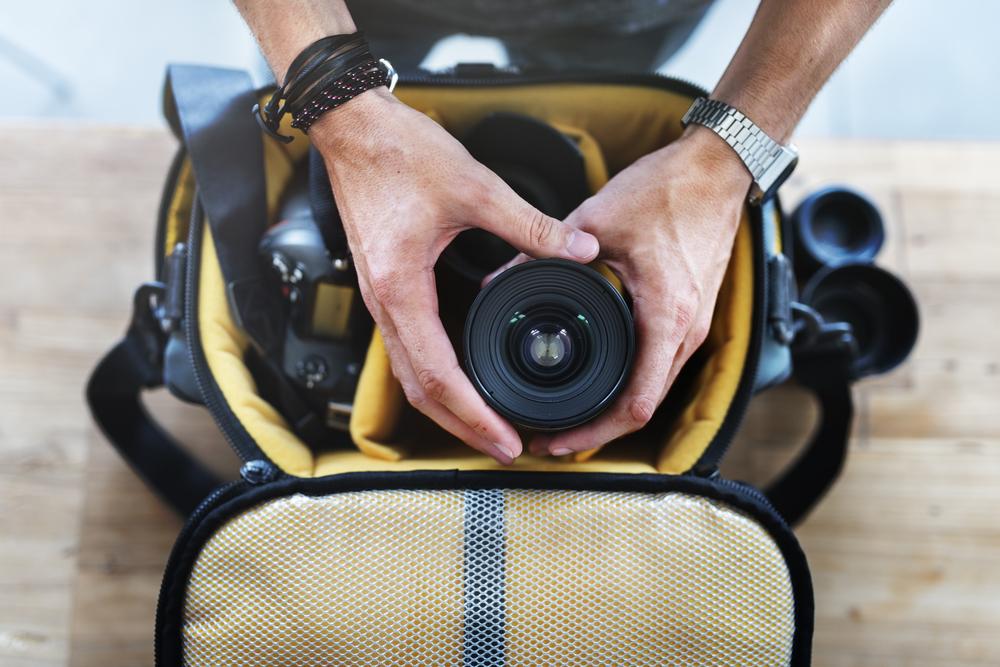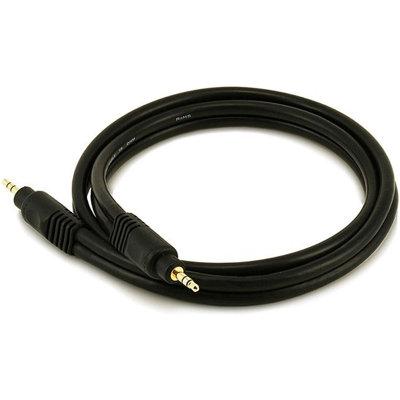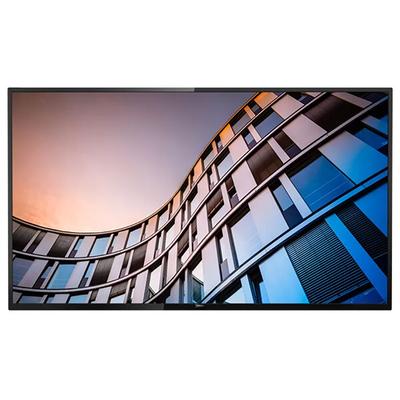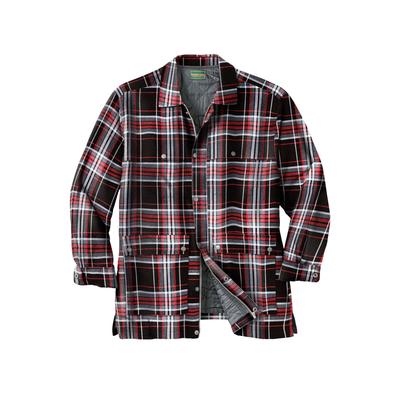Different Types Of Camera And Photo Kits

Technological advances have changed the way we take pictures today, with camera brands manufacturing products across basic and advanced camera and photo kits. It doesn’t matter if you are just starting out or have been taking pictures all your life, you will still want to work with the best camera and photo essentials available in the market.
Here is a comprehensive guide to buying from the six different categories of camera’s available across major brands in the market:
Basic Camera and photo kits:
Also known as your consumer grade camera, the functioning of these cameras is pretty similar to that of any high-end smartphone that offers professional camera modes inbuilt. The only difference being, these cameras can only take pictures and shoot videos, unlike your smartphone which is capable of doing other stuff as well.
Basic modes of any consumer grade camera include limited control over the exposure settings and unlike DSLR professional grade cameras, you cannot use interchangeable lenses for the desired composition within the frame.
Basic camera and photo kits are also categorized according to their price and utility into the following:
Portable basic cameras: Simple and portable, with some that are even designed to fit in your back pocket. Some of the features include optical and digital zoom, depending on the brand and variants within. These portable cameras are suitable for taking small group shots and pictures from a close distance. Basic portable cameras are priced in the range of $100 to $450. Fujifilm, Panasonic, and Sony are some of the popular brands manufacturing portable cameras.
Zoom portable cameras: Zoom cameras also being portable are recommended when you want to take pictures from a distance, but still, maintain picture quality without pixelating the image. These cameras have optical zoom over digital zoom which means actual lenses elements are used to magnify the image. Ideal for people who love to go to sporting events and music concerts.
Waterproof camera and photo kits: Many popular brands have taken it a step ahead by introducing waterproof cameras which will enable you to take some candid shots underwater, up to a certain depth for adventure enthusiasts. There are cameras which can be used up to a depth of 50 feet also.
Advanced camera and photo kits: Advanced and professional grade cameras give you immense control over every element and settings available inbuilt, which is why professional grade cameras also give you the best photos. These can also be divided into a number of categories, depending on their make and model.
Advanced point and shoots: These are professional grade cameras with manual controls available for adjusting just about every aspect of your picture, but the only drawback is the camera does not support interchangeable lenses unlike your DSLR camera and photo kits. Even though these cameras fall under the category of professional grade, without interchangeable lenses suited for different purposes, it just doesn’t appeal to the more specific crowd of professional photographers.
Mirrorless cameras: Mirrorless cameras offer both manual control and interchangeable lenses, but with the exception of a mirror inbuilt that snaps up and down to click the image controlled by shutter speed. The only disadvantage of a mirrorless camera is that there is no viewfinder for you to as you will have to look through and focus on the picture manually. This is where DSLR’s come in handy since they offer the best of both worlds for almost the same price. Mirrorless camera’s cost anywhere from $500 to $1500.
DSLR professional grade camera and photo kits: Every professional photographer’s ultimate dream is to own his very own ultimate DSLR kit which will include the best camera body, an array of interchangeable lenses, additional accessories like Speedlights, UV filters, tripods and high-end camera bags to carry it all. DSLR’s cost anywhere from $500 to $3000.
Recent Articles
Recent Questions
What kind of life insurance builds cash value?
The rest of the premium payment will go toward your policy's cash value. The life insurance company generally invests this money in a conservative-yield investment. As you continue to pay premiums on the policy and earn more interest, the cash value grows over the years.
What is meant by insurance plans?
An insurance plan is the one that consists of a premium amount and other components used in getting a product insured. There may be various types of insurance plans with varying terms and policies.
What are the common components of insurance?
The most important components of most insurance plans are the premium and the contract. Anything written in the contract becomes its crucial component.
What are the various types of insurance policies?
There are various kinds on insurance policies that are available on various assets. Auto, health, commercial vehicle, and travel insurance are some of the popular types of insurance policies.








